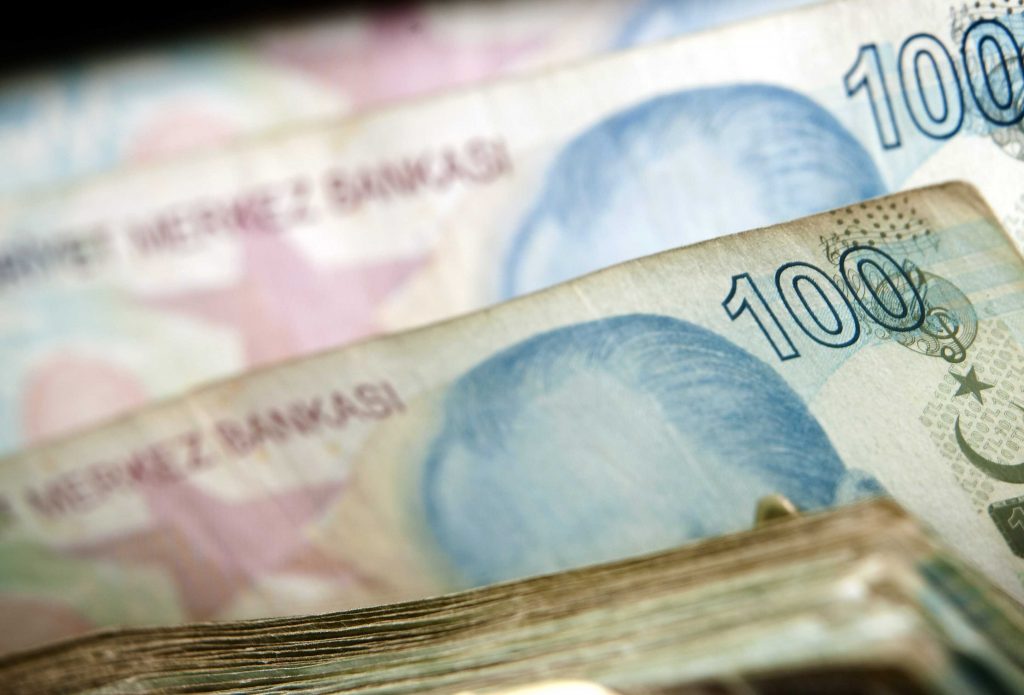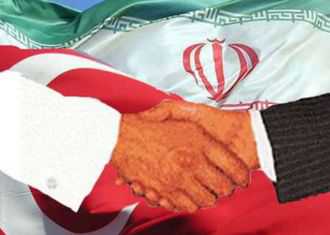Article by Dicle Doğan, Hande Hançer and Uğur Aktekin
Article 13 of the World Health Organization (WHO) Framework Convention on Tobacco Control adopted on 21 May 2003 and entered into force on 27 February 2005 (“FCTC”) states that “Parties recognize that a comprehensive ban on advertising, promotion and sponsorship would reduce the consumption of tobacco products“. Although this Article does not mention “brand stretching and brand sharing” in particular, the Guideline for the implementation of Article 13 of the FCTC (the “Guideline”) provides a non-exhaustive list of forms of advertising, promotion and sponsorship that fall under the ban in Article 13 of the FCTC. Brand stretching and brand sharing are also listed under this list and are seen as means of tobacco advertising and promotion which should be strictly prohibited.
The Guideline defines “brand stretching” and “brand sharing” as follows: “”Brand stretching” occurs when a tobacco brand name, emblem, trademark, logo or trade insignia or any other distinctive feature (including distinctive colour combinations) is connected with a non-tobacco product or service in such a way that the tobacco product and the non-tobacco product or service are likely to be associated. “Brand sharing” occurs when a brand name, emblem, trademark, logo or trade insignia or any other distinctive feature (including distinctive colour combinations) on a non-tobacco product or service is connected with a tobacco product or tobacco company in such a way that the tobacco product or company and the non-tobacco product or service are likely to be associated1. ”
Turkey has also been a party to the FCTC since 28 April 2004 and undertook to implement the general principles to continually and substantially reduce the prevalence of tobacco use and exposure to tobacco smoke2.
In accordance with its undertaking, Turkey recently recognized the prohibition of brand sharing and brand stretching for tobacco products through an amendment to the Law numbered 4207 on Pertaining the Elimination and Control of Harmful Effects of Tobacco Products (the “Law numbered 4207”) on July 4, 2012, which reads as follows3:
“The names, trademarks, emblems, logos of tobacco products, producers, importers and distributers or any other name and signs which directly associates with them shall not be used as the names, trademarks, emblems, logos or signs for the goods and services distinct from tobacco products sector as well as the producers thereof. In addition, the names, trademarks, emblems, logos of the goods and services distinct from tobacco products sector and their producers’ or any other name and signs which directly associates with them shall not be used as the names, trademarks or other signs for tobacco products, producers, importers and distributers thereof.”
Following this amendment, the Regulatory Authority for Tobacco and Alcoholic Drinks Market (the “Authority”) published a decision (the “Decision”) setting forth the implementation of Article 3/15 of the Law numbered 4207. The Decision was published in the Official Gazette dated November 20, 2012 and numbered 28473.
Both the Law and the Decision provide clear provisions that a tobacco brand name, emblem, trademark, logo or other signs or any other distinctive features (including distinctive colour combinations) shall not be used for non-tobacco goods and services. However the new regulations are silent regarding the possibility of coexisting trademarks (trademarks which have been used for both tobacco and non-tobacco products for a long time) and more specifically as to whether one of the coexisting trademarks would need to be eliminated or not and if so, which of the trademarks would have the priority and continue to exist.
Indeed, there are some tobacco brands which are merely known as tobacco brands, due to being original and distinctive and usually well-known and therefore registered and/or used only in relation to tobacco products. The use of these brands on non-tobacco goods and services are subject to authorisation of the brand owner. In such cases there is a voluntary brand stretching and the application of the new rules is very clear. According to this amendment, any voluntary use of such brands (by the brand owner or affiliated entity or by third parties under the license of the brand owner) on other goods and services should be immediately ceased.
However, the situation of currently coexisting trademarks (trademarks which have been used for both tobacco and non-tobacco products for a long time) is not clear. For instance, the Draft EU Directive4 on tobacco advertising has such regulation allowing the coexistence of a brand name already used in good faith for both tobacco products and for other goods or services traded or offered by a given undertaking or by different undertakings, provided that the appearance is clearly distinct from that of any tobacco product.
In the absence of a clear provision regulating the status of coexisting trademarks, we may interpret that the amendment in Article 3/15 of the Law numbered 4207 should be considered as trying to eliminate the “likelihood of association” and the indirect promotion/advertisement of tobacco products. Accordingly, it is our view that the coexisting trademarks should be allowed in cases where there are no such “likelihood of association” and particularly in cases where the same or similar trademarks have long been used for both tobacco and non-tobacco goods in order to ensure that the consumer has sufficient information to clearly differentiate both tobacco and non-tobacco products. On the other hand, in the situation that there is no such perception of equilibrium on the part of the consumers, namely if the trademark is much more associated with one category, then the coexistence may not be possible and in such case the party whose products (tobacco or non-tobacco) is associated more with the trademark should be allowed to use the trademark while the other party has to cease use. In this respect the Decision has adopted the assessment as to the “likelihood of association” which may be an important element for allowing the coexistence of the trademarks and keeping a balance between the requirements of the public (public health) and the interest of the trademark owners.
Another aspect which needs to be discussed in relation to this regulation is the Intellectual property rights (“IPRs”). IPRs, including the trademarks, are legal property rights over creations of the mind, both artistic and commercial, and the corresponding fields of law. Once we classify the IPRs as a type of “property right”, we should also underline the fact that “property right” is a “private right” from Private Law regulations which is also guarded by the Turkish Constitution. However, Article 35 of the Turkish Constitution, while stating that everyone has the right to own and inherit property, also rules that these rights may be limited by law only in view of public interest and that the exercise of the right to own property shall not be in contravention to the public interest.
In this respect, governmental and administrative authorities have the power to interfere with the private interests (rights) of any individual and/or entity based on public interest reasons guarding a superior interest compared to the private interest of the individuals and/or entities. Such reasons include, but are not limited to, “public health”, “public security” or “public order”.
The general principle set forth in Article 35 of the Turkish Constitution is also applied to IPRs. In this regard, while everyone has the right to own and inherit IPRs; IPRs may also be limited by law only in terms of public interest and the exercise of these rights to own property shall not be in contravention to the public interest. In the present matter, the prohibition of brand stretching and brand sharing for tobacco brands is based on public health reasons in order to prevent the harmful effects of tobacco products and decrease the consumption of said products. It is beyond doubt that the amendment has a justified basis for the interference with private rights such as trademark registrations owned by an entity.
In order to summarise the current situation, we could say that the principles brought by the amendment still do not appear clear enough to make a certain assessment as to the status of coexisting trademarks.
It therefore appears that there may be issues regarding the application of this regulation to the coexisting trademarks.
On the other hand, according to the official announcement of the Deputy Prime Minister, the Authority will be closed soon and its powers and responsibilities will be distributed to the three relevant Ministries: the Ministry of Food, Agriculture and Husbandry, the Ministry of Health and the Ministry of Finance. These three Ministries will be undertaking the Authority’s tasks. However the draft Bill as to the closure of the Authority is actually being evaluated by the Assembly and it has not yet been enacted. Accordingly it is not clear yet, which of the three Ministries shall control the implementation of the new amendment regarding brand stretching and brand sharing.
Footnotes
1 Para. 22-24 of the Guideline
2 Article 3 of FCTC bearing the title “Objective”
3 Article 3/15 of Law No. 4207
4 The information is obtained from: ASH/ Advertising and sponsorship/ Brand stretching
The content of this article is intended to provide a general guide to the subject matter. Specialist advice should be sought about your specific circumstances.
 The official APS news agency said it was “decided to extend the agreement by 10 years, with the possibility of increasing the volume of gas exported.”
The official APS news agency said it was “decided to extend the agreement by 10 years, with the possibility of increasing the volume of gas exported.”



